Uplifting blog
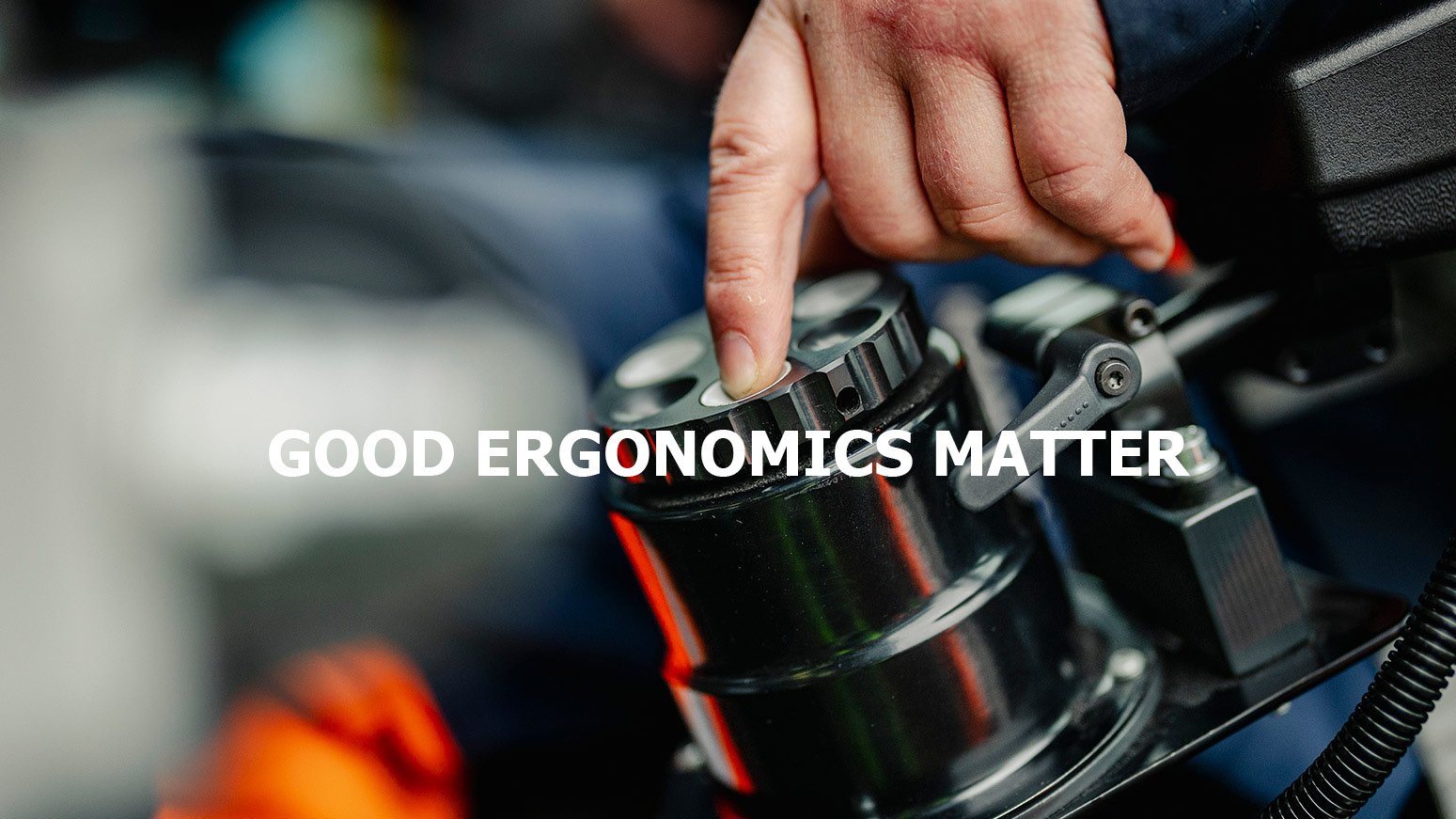
Developing the Konecranes ergonomics program
Konecranes Lift Trucks is a leading manufacturer of equipment for heavy material handling, like lift trucks and reach stackers. To promote a good working environment for lift truck drivers worldwide, Konecranes has an extensive ergonomics program. In this article, we meet Anders Sjöstrand, who is the Commercial Product Manager at Konecranes, and has great insights in the work behind creating the best driver ergonomics.

The total experience in focus
The ergonomics program at Konecranes involves several competences, all with the common goal of improving the driver’s working environment, namely the cabin. When asking how Konecranes prioritises what features to focus on, Anders answers:
A driver’s cabin is a complex environment where different functions must be put in relation to others. As soon as you improve in one area, it might have an impact on other areas. And that is why we cannot focus on one ergonomics feature at a time, everything needs to interact as a whole. Let me give an example. If we decide to introduce a screen for improved safety features, that might trigger the need to offer updated seating positions. That is why we do not have any “this is our most important ergonomics feature, we always need to focus on the total experience.
Ergonomics priorities
With that said, there are of course features with higher or lower importance in a lift truck. Konecranes ergonomics program is divided into three categories, based on relevance to operate the vehicle:
- Functions necessary to drive the lift truck, like hydraulics.
- Functions necessary for safe operations, like light switches.
- Secondary functions, like heating control.
Developing the ergonomics, a priority A overrides a priority C. For obvious reasons our ergonomics program always starts with what’s necessary, and then what’s nice to have. And always from the overfall perspective where we focus on improving driver health, safety and performance, says Anders Sjöstrand.
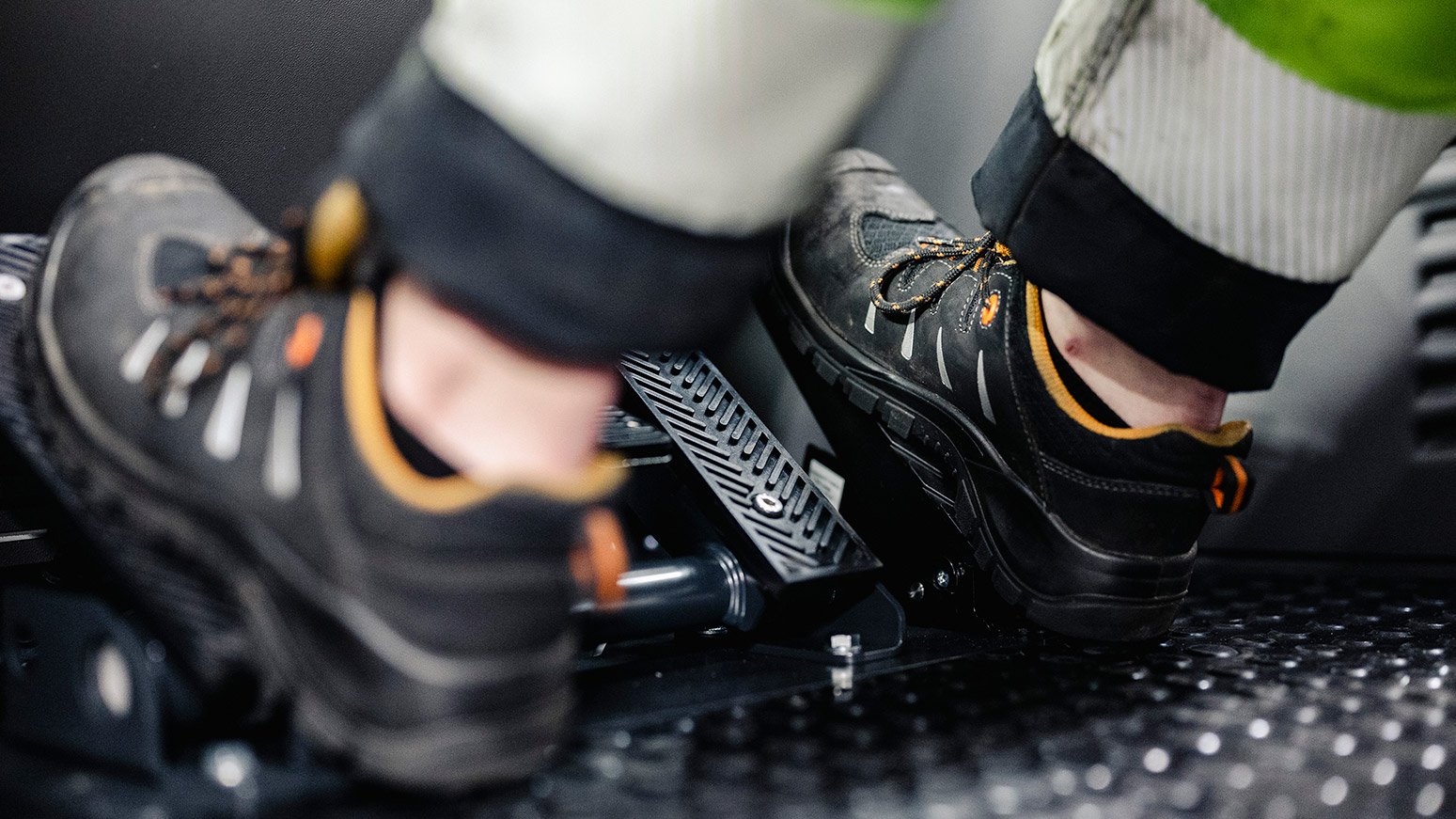
Adapting to the trends
In every development project there are challenges, this also applies to Konecranes ergonomics program. One challenge is to define the common middle ground to use as starting point in the ergonomics work. For instance, drivers are all individuals of different length, some are short and some are tall. And that’s why Konecranes has designed the cabin to provide ergonomically good seating for people between 150 and 210 centimetres in length.
Moving forward, we can see a trend towards more and bigger displays. Replacing buttons and switches with displays can provide the driver with more information and control possibilities. But there is also a risk of introducing negative effects like screen flickering and impaired ergonomics. As always, with every new feature we have to balance functionality with sound ergonomics, Anders Sjöstrand concludes.
The ergonomic OPTIMA cabin
Konecranes has designed the OPTIMA cabin, characterized by great comfort, outstanding spaciousness and superior visibility. That makes operating the lift truck safe and efficient, along with valuable extra equipment. With the OPTIMA cabin, Konecranes set a new standard for lift truck ergonomics, prompting the well-being of operators.
The result? Improved health, safety and performance, adding up to a workplace that is better for both people and productivity. Read more here >>
Related Articles
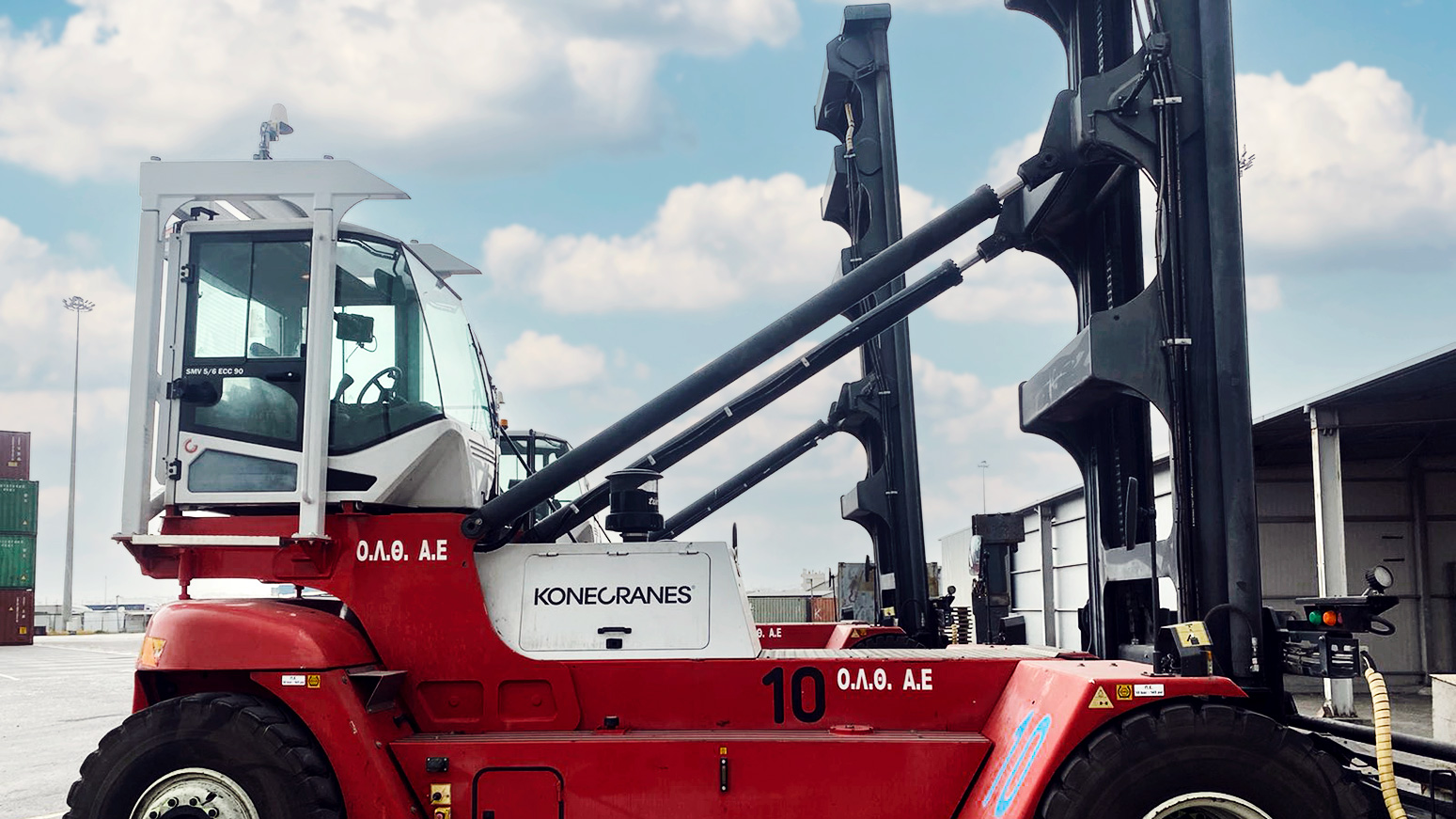
The Safety Cage for container handlers that saves lives
The industrial environments where container handlers and other lift trucks operate need special...
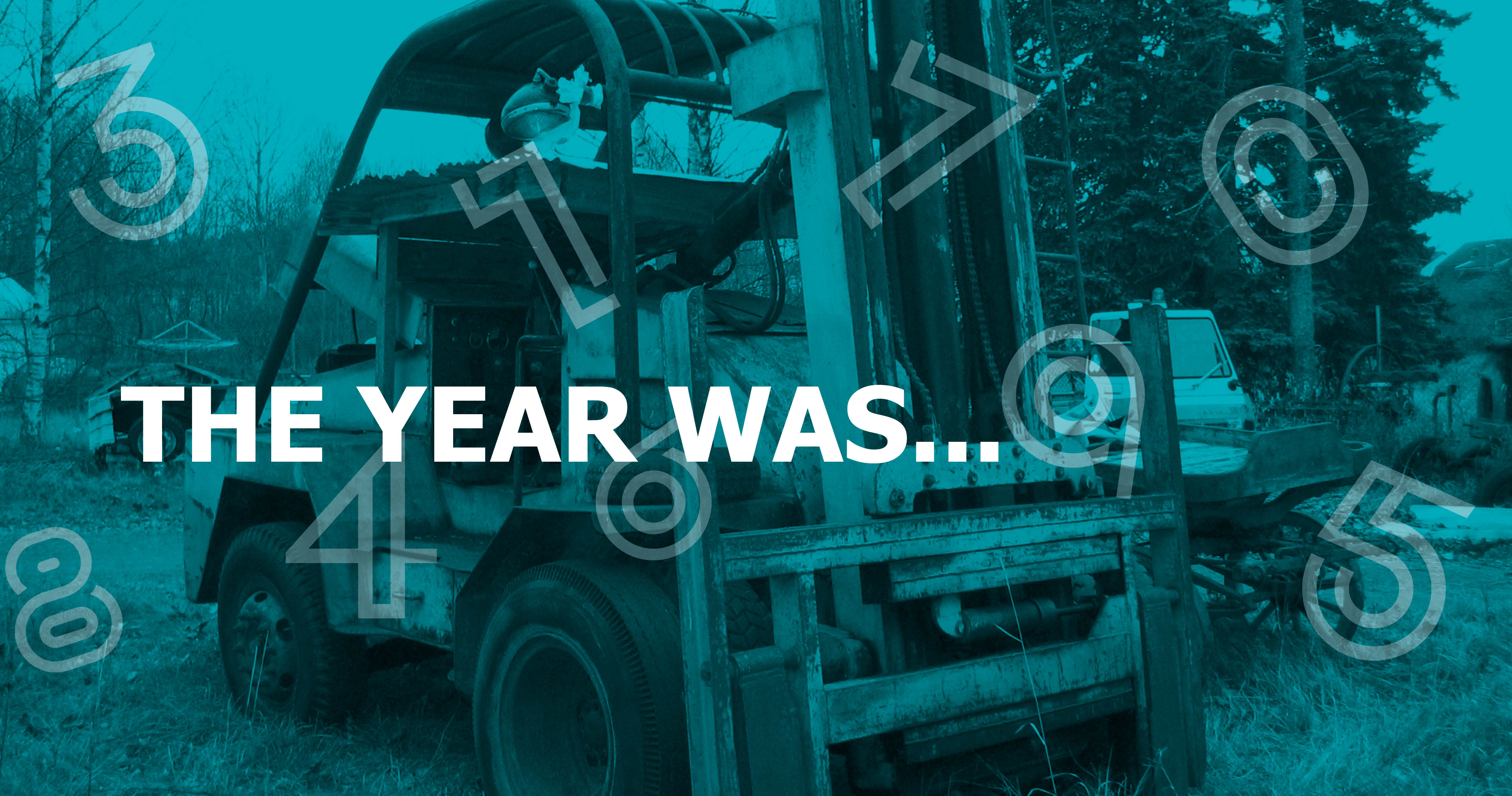
1956 – A new era of containerization
The shipping industry has been around for centuries, and during all those years goods were...
2 Minute Read
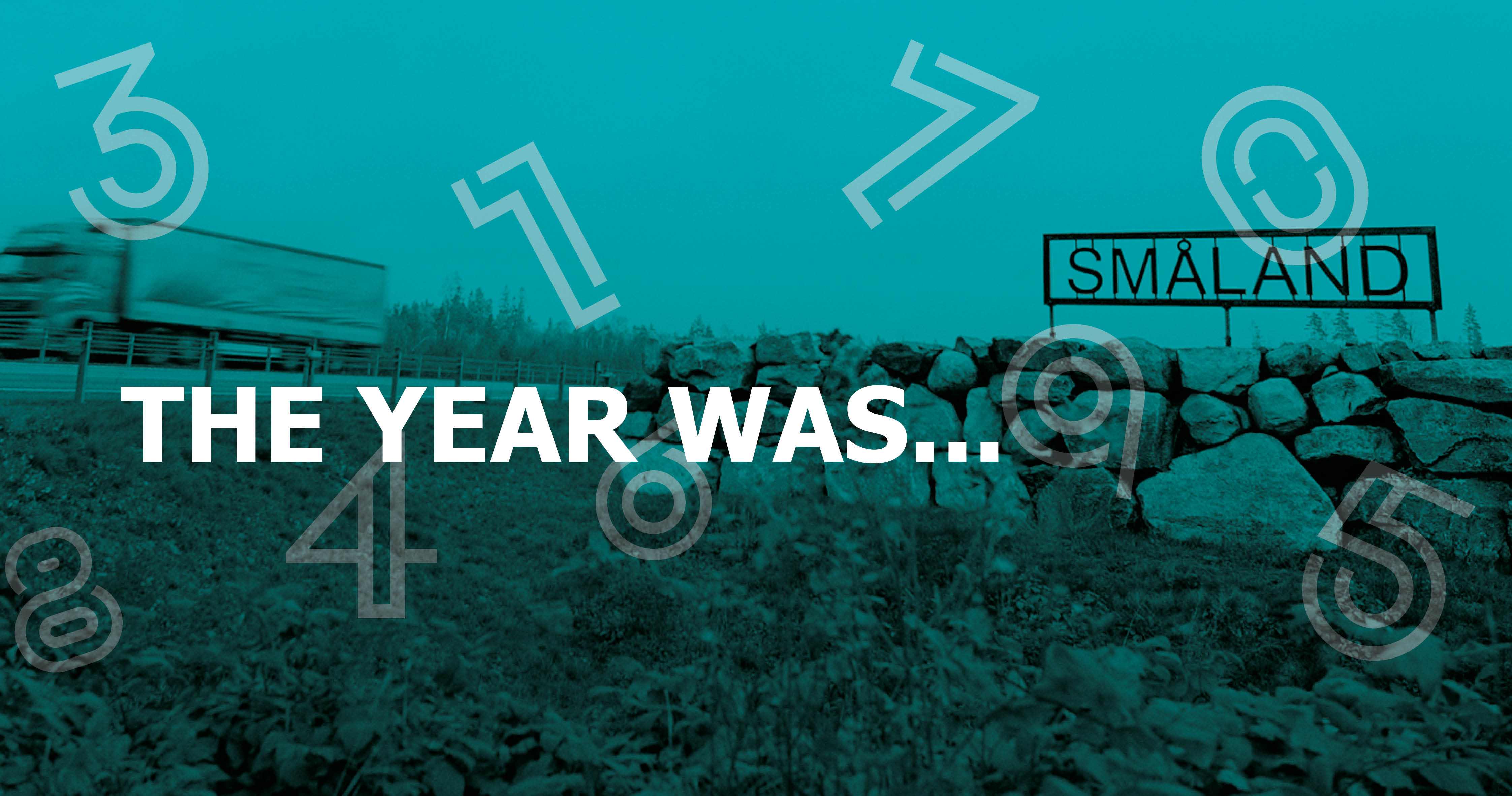
1959 – SMV builds its first lift truck in Småland
Småland in southern Sweden is characterized by its forests and tough stony landscape. In the 1940s,...
2 Minute Read
